A report released Wednesday from the Sierra Club Iowa Chapter calls for conservation connectivity efforts throughout the state, and its budgets, to protect wildlife species.
According to the
report
, habitat fragmentation, caused by the loss of habitat connectivity, is one of the “main reasons” for the loss of wildlife species in the state, as it reduced gene flow and therefore genetic diversity of wild species.
Sign up for our Newsletters
Gene flow is the movement of genetic material from one population species to another. This transfer of genetic material creates more diverse genetics in a species, which the National Oceanic and Atmospheric Administration
reported
is “critical” for wildlife populations to survive.
The report outlines that prior to European settlement, Iowa’s land was mostly prairies, wetlands and forests, which “were plowed up, drained, and cut down to make room for growing crops and livestock.”
In a press conference Wednesday about the report, Drake University ecology and botany professor Thomas Rosburg said there has been a “tremendous loss” in habitat for wildlife across Iowa that has resulted in “fragments” of native ecosystem that are “not the same quality.”
Roads, urban sprawl and acres of monoculture crops are the primary contributors to fragmentation.
“Agriculture has created a landscape that’s extremely species poor, which is the opposite, total opposite of native systems,” Rosburg said. “This loss of biodiversity is very crucial, because, again, it’s the biodiversity, it’s the species themselves and their interactions that provides ecosystem services to us.”
As an example, Rosburg said the fragmentation of native ecosystems makes it “very hard” for plants, which “don’t move around,” to reproduce. Rosburg said it’s more difficult for plants to attract pollinators and for pollinators to find plants and pass genetic material around in a fragmented system.
The lack of genetic diversity means plants, and other species, are less able to adapt to their environments, which Rosburg said can contribute to extinction.
According to the report, Iowa has lost 99.9% of its prairies, 98% of its wetlands, 80% of its woodlands and more than 100 wildlife species since European settlement in the 1800s.
A
significant
number of plants and animals remain endangered or threatened in the state.
Connecting the areas of wildlife habitat is one way, according to the report, to help reverse this trend in Iowa wildlife species.
“Iowa public land will never be sufficient for the conservation of native biodiversity,” Rosburg said. “We don’t have nearly enough public land, so it’s critical that we develop public and private partnerships, conservation partnerships, in order to again achieve a better landscape.”
Increasing conservation connectivity to fix ecosystem fragmentation
The report points to states like Florida, California and others that have passed legislation to protect habitat or establish wildlife corridors throughout the state.
Wildlife corridors, as
defined
by the U.S. Fish and Wildlife Service, are pieces of “undeveloped land connecting two habitats so wildlife can move safely between them.”
Sometimes these corridors are complex structures, like a natural overpass or underpass allowing wildlife to cross highways, but a corridor can also be something less engineered, like the addition of native plants along a roadway or on the edge of a field.
These corridors greatly extend the space a species has, and their ability to move between the natural spaces preserved in state parks and reserves.
Another researcher on the call, Dave Hoferer, who instructs at Briar Cliff University in Sioux City, said wildlife corridors are an “obvious” way to help reverse the declining numbers of many vertebrate species.
Hoferer said, for example, juvenile mammals typically stray from where they were born to reduce inbreeding, but when the landscape is fragmented, that becomes difficult to do.
A corridor would provide these critters the shelter and food they needed to travel to a new “core” habitat, maybe in a different state park or reserve, where they would then mate and produce new members of their species.
“Without these corridors, it becomes much more difficult for these organisms to move around the environment,” Hoferer said.
Some corridor solutions are already in the works in Iowa, but the report says they need more support.
Iowa’s Resource Enhancement and Protection, or
REAP
, program allocates funding for the acquisition of open spaces, wildlife enhancement, county conservation boards and the living roadway program.
The living roadway trust fund is managed by the Iowa Department of Transportation and puts native plants along roads in the state. According to its
website
, the fund has awarded more than $17 million for around 1,500 projects in the state. Part of the projects include seeding more than 16,000 acres of county roadside rights of way.
Rosburg said these aren’t perfect habitats, but they provide some shelter and food for animals and serve as corridors for plant species.
Rosburg said programs like this, and other taxpayer-supported programs are necessary to “engage” private landowners in the issue.
“It’s voters, and it’s people and it’s society, saying that this is important, and the willingness to put money into it, because it’s going to take money,” Rosburg said.
The report, and other environmental groups in the state, advocate for the legislature to fund the REAP program at its full appropriation of $20 million. This year the
Legislature extended
the program through 2026 and allocated $12 million to the program.
Pam Mackey Taylor, the Sierra Club Iowa Chapter director and lobbyist, said this budget is “significantly underfunding the projects that could be used for wildlife corridors and habitat enhancements.”
Another potential funding source is the
natural resources and outdoor recreation trust fund
,which more than 60% of Iowa voters chose to establish in 2010. The fund would use a three-eighths of cent sales tax to fund the enhancement of natural spaces like state parks, trails and wild habitat.
The sales tax increase, however, has never been initiated, so the fund has sat empty, though it is a
regular target for legislation
that opposes the Department of Natural Resources’ acquisition of land.
Macky Taylor said “it’s now time to fund the sales tax” and urged Iowans to speak up in favor of the fund, which she said would also help build conservation connectivity.
“It’s up to the Legislature to implement these programs,” Mackey Taylor said. “But if we put a mind to it and an effort into it, we can improve the habitat, restore things that need to be restored, and make the corridors that will help our plants and animals continue to survive in Iowa.”
Iowa Capital Dispatch
is part of States Newsroom, a nonprofit news network supported by grants and a coalition of donors as a 501c(3) public charity. Iowa Capital Dispatch maintains editorial independence. Contact Editor Kathie Obradovich for questions:
info@iowacapitaldispatch.com
.
TOP STORIES FROM KCCI:
New DNA technology being used in Evansdale cousin abduction case 13 years later
KCCI Investigates: Iowa Education Savings Account applications total 45,000-plus for 2025-26 school year
Iowa DOT introduces remote-controlled pothole-filling truck for safer repairs
Judge finds Iowa man guilty of murder in 17-year-old girl’s death
Former Iowa day care worker convicted of sexual abuse
Prime Day is longer than ever this year. This guide helps you find the best deals out there
READ THE FULL STORY:
Sierra Club releases study calling for ‘connectivity’ to support wildlife species
CHECK OUT KCCI:
Get the latest Des Moines news and weather. The KCCI news team brings you the best in local coverage and all the top stories from across the state.

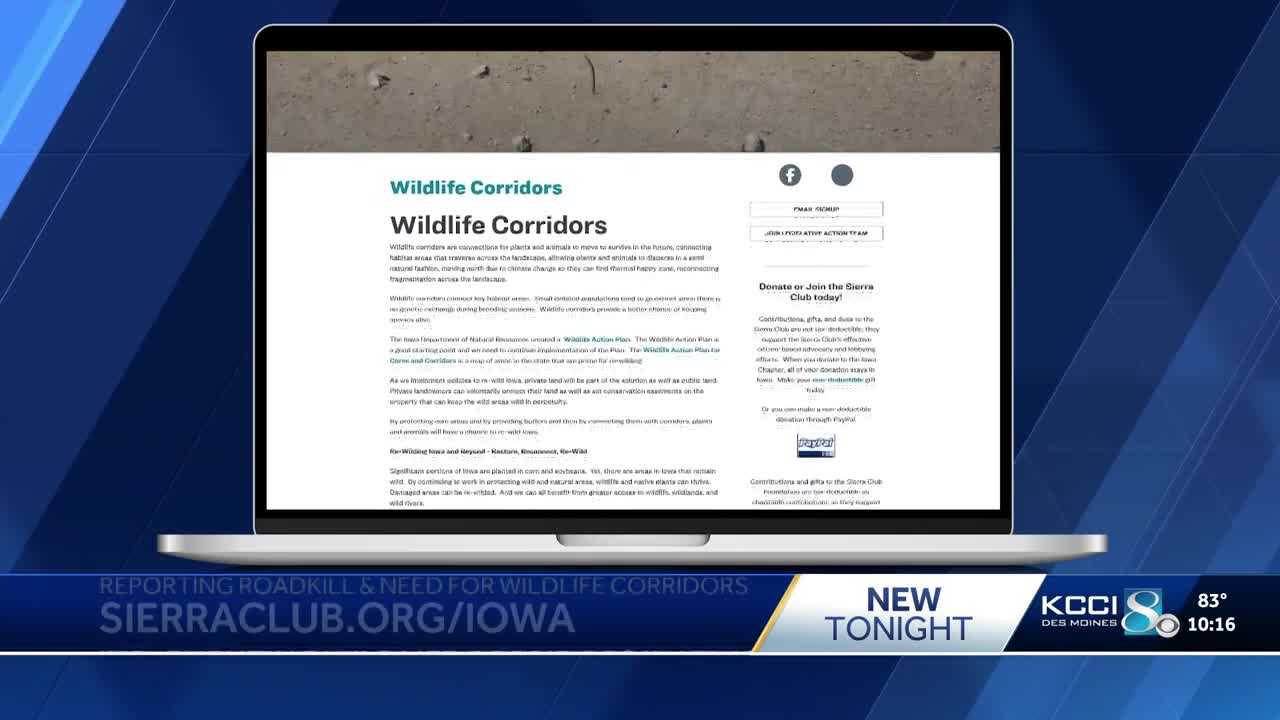

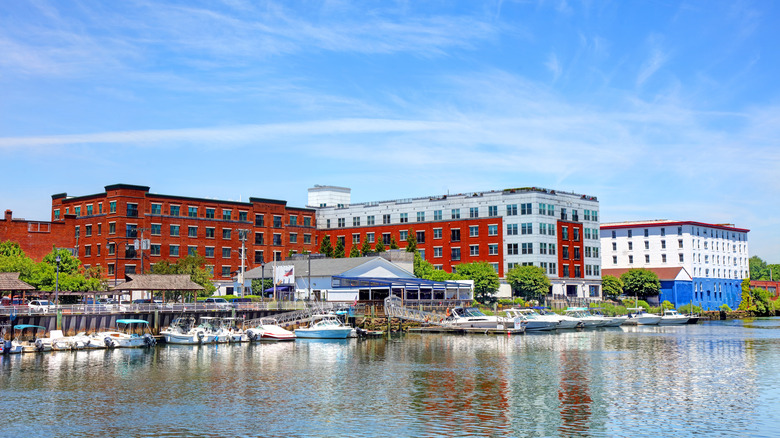


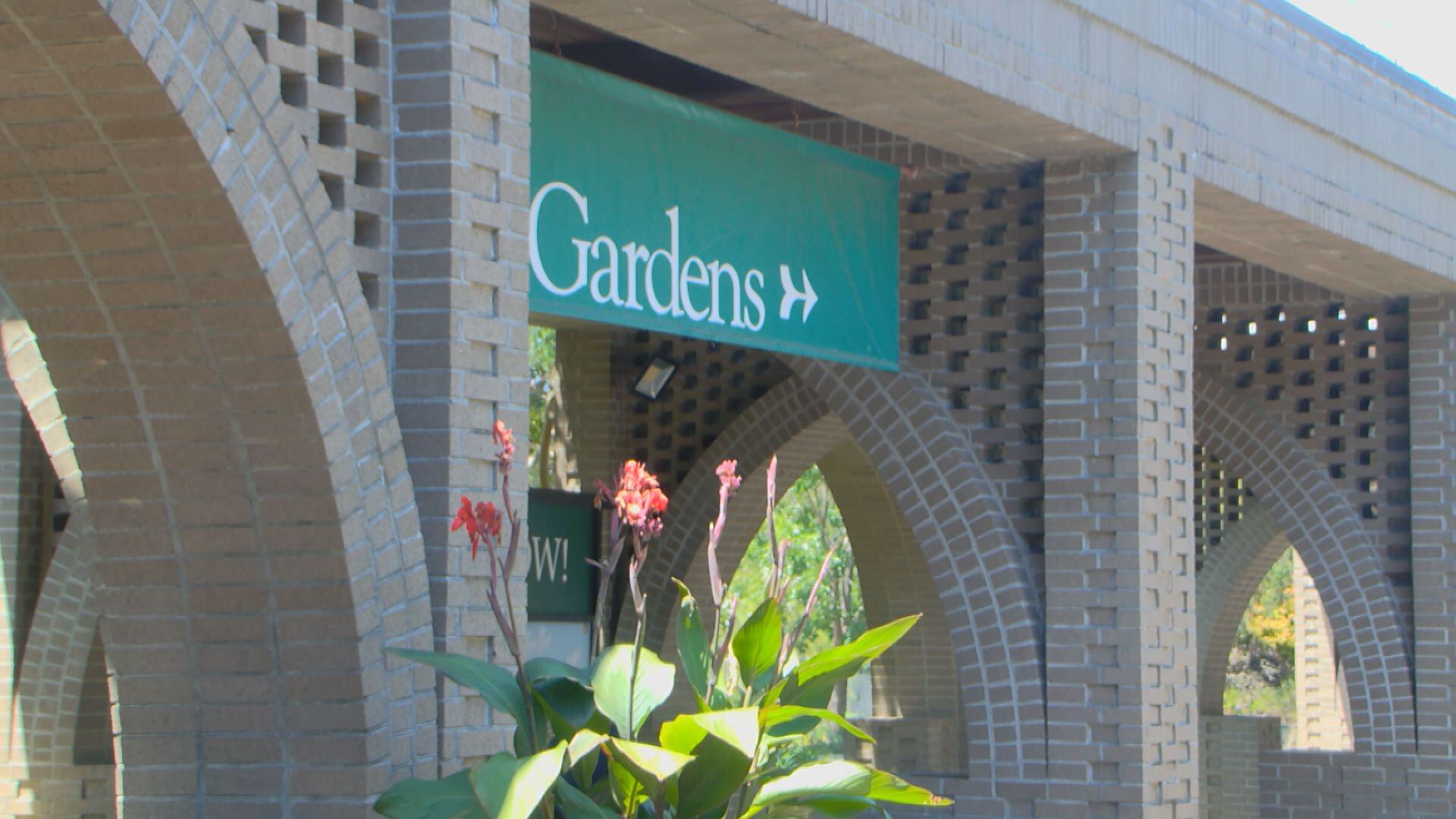
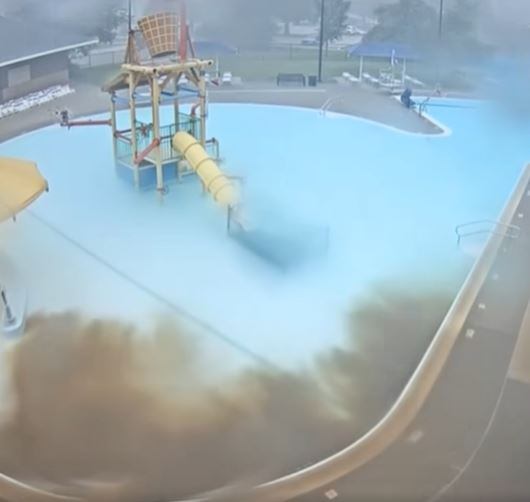
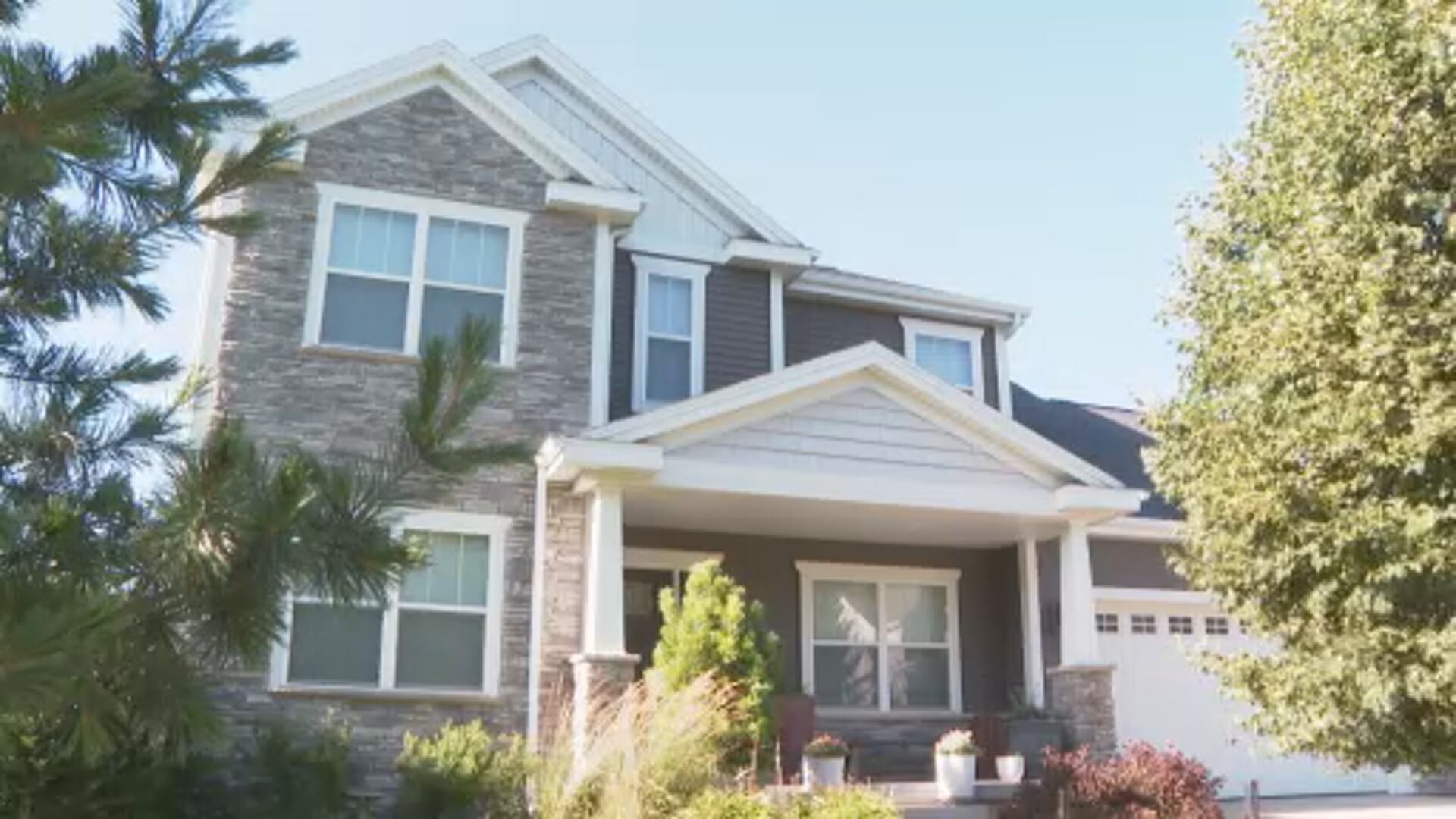
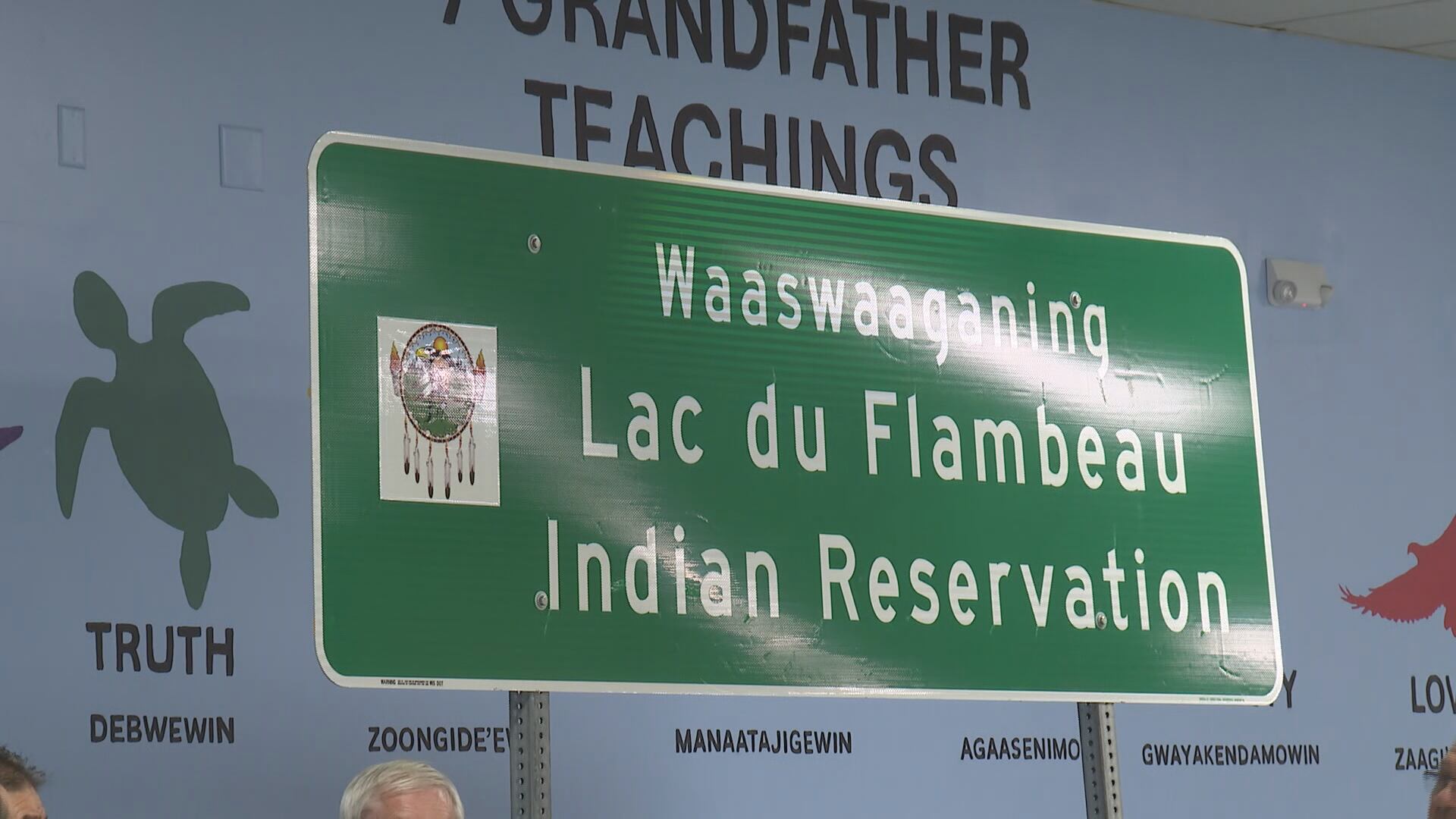
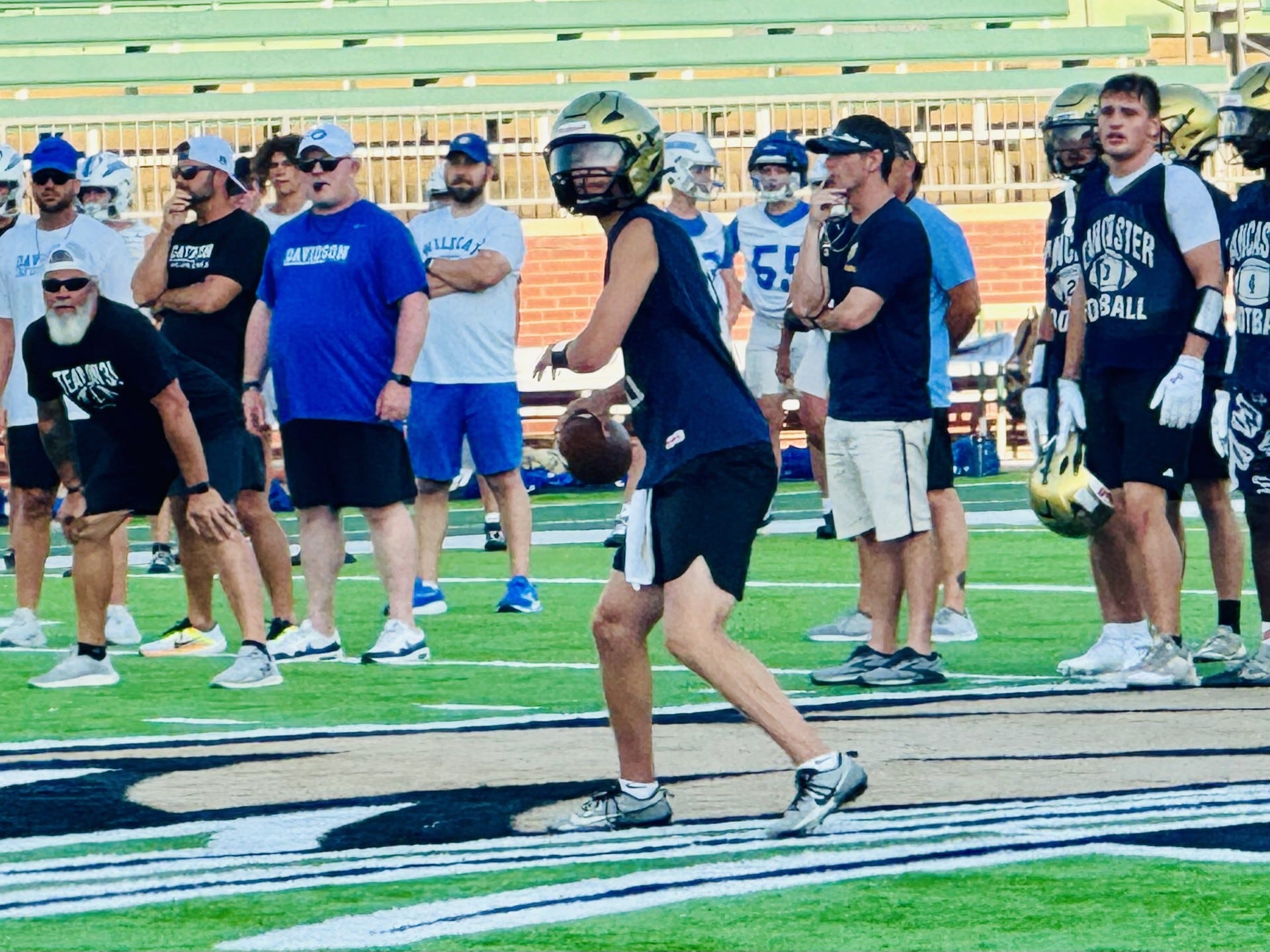
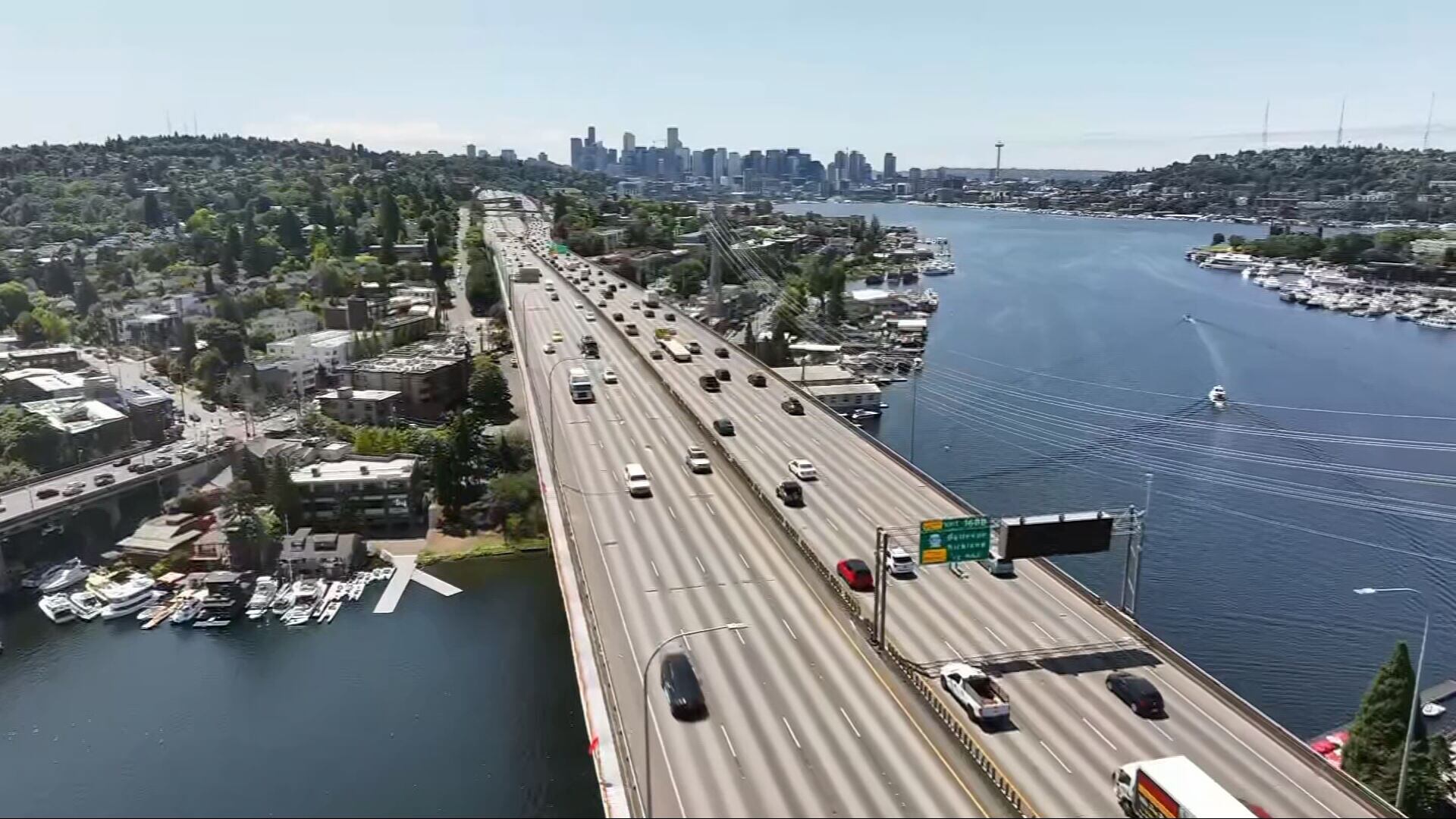
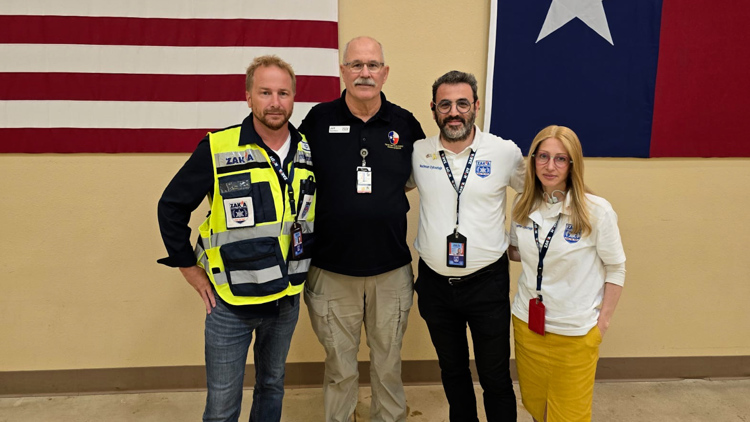
Leave a Reply